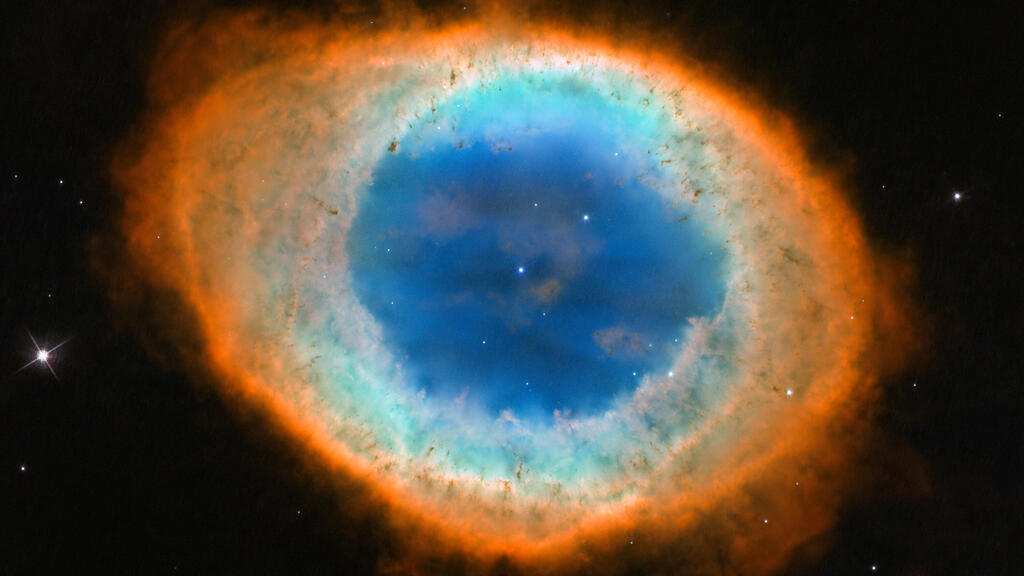Getting your Trinity Audio player ready...
NASA’s James Webb Space Telescope revealed two new images showing unique details of the Ring Nebula, a huge cloud of cosmic gas and dust that is home to the remnants of a dying star. The colorful images were taken with the Mid-Infraded instrument (MIRI). They display “intricate structures of the final stages of a dying star.”
Read more:
Ring Nebula was discovered in 1779 and has been studied for years in order to provide insight into the lifetime of stars. It is located in the Lyra constellation over 2,000 light years from Earth. “The Ring Nebula is an ideal target to unravel some of the mysteries of planetary nebulae. It is nearby, approximately 2,200 light-years away, and bright – visible with binoculars on a clear summer evening from the northern hemisphere and much of the southern,” said Roger Wesson from Cardiff University in the NASA blog post dedicated to the release of the images last week.
“When we first saw the images, we were stunned by the amount of detail in them. The bright ring that gives the nebula its name is composed of about 20,000 individual clumps of dense molecular hydrogen gas, each of them about as massive as the Earth,” he added.
Within the ring, they saw a narrow band of emission from polycyclic aromatic hydrocarbons – complex carbon-bearing molecules that the scientists did not expect to form in the Ring Nebula. Outside the ring, they saw “curious “spikes” pointing directly away from the central star,” which were only very faintly visible in Hubble Space Telescope images.
The Webb Telescope, which was launched in 2022, had previously captured a similar looking Southern Ring Nebula. But the recent images provide scientists with new mysteries and revelations.
“Our MIRI images provided us with the sharpest and clearest view yet of the faint molecular halo outside the bright ring. A surprising revelation was the presence of up to ten regularly-spaced, concentric features within this faint halo. These arcs must have formed about every 280 years as the central star was shedding its outer layers,” Wesson concluded.


